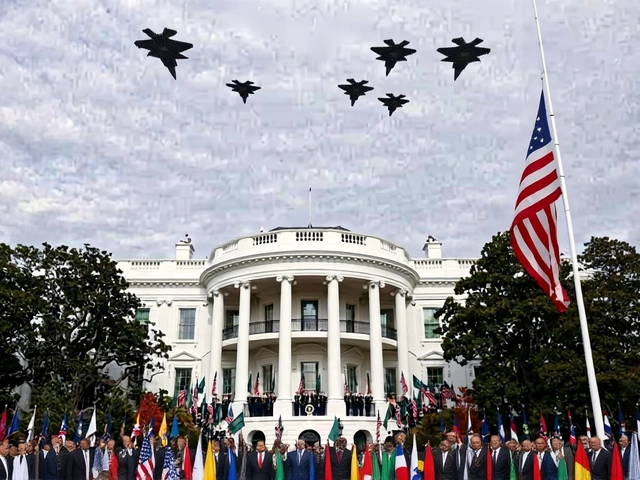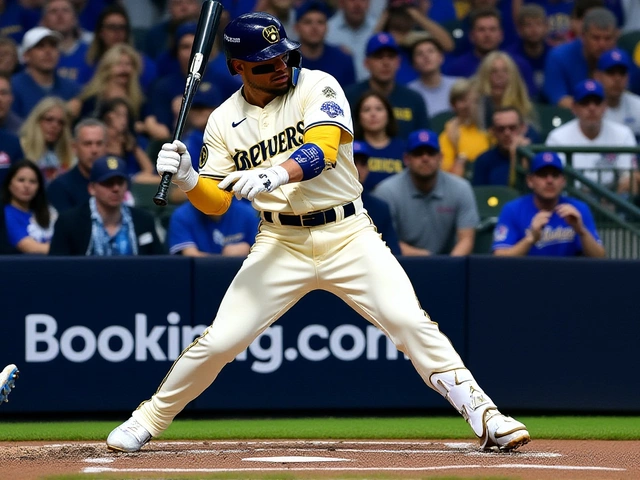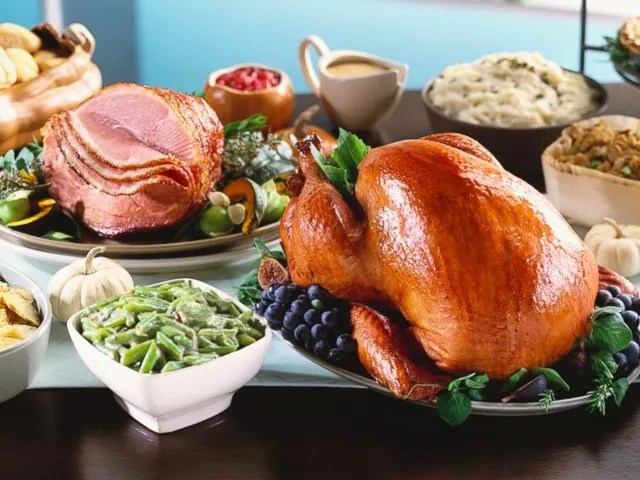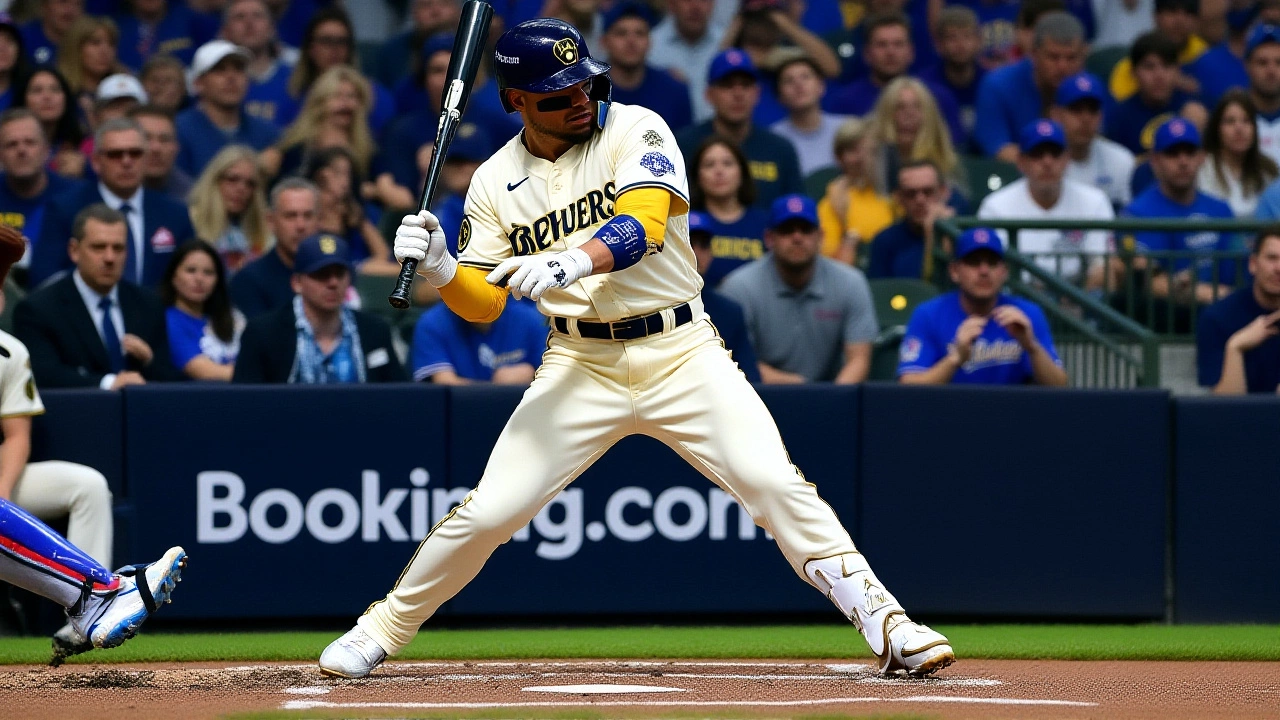
When Milwaukee Brewers walked onto the mound at American Family Field on October 14, 2025, the two‑strike mantra that had powered a 806‑run season was about to meet its toughest test.
At the heart of that philosophy sits Pat Murphy, manager of the Brewers, a 66‑year‑old who likens the approach to "3rd‑and‑1" situations in football. Hitting coach Connor Dawson reinforced the mantra all summer, telling reporters, "We want to make people play the game and we want to drag them through hell doing it." The season‑long gamble on aggression paid off, but Game 1 of the 2025 National League Championship SeriesMilwaukee, Wisconsin put those tactics under a microscope.
The Two‑Strike Philosophy
The Brewers’ focus on two‑strike counts defied conventional wisdom, which usually tells hitters to protect the plate. Statistically, the team posted a .187/.266/.288 slash line when the count turned two‑strikes, a line that looks weak on paper. Yet deeper metrics told a different story: they ranked third in the majors for weighted on‑base average (wOBA) in those situations and second for run value per 100 pitches seen.
What makes it work? The Brewers slap at any ball they deem hittable, turning potential strikeouts into in‑play outs or, better yet, hard contact. Shortstop Brice Turang epitomized the approach, adding more bat speed year‑over‑year than any other player in 2025. When asked about his sudden power surge, Turang shrugged, "I'm not trying to hit homers, I'm just swinging at good pitches and hitting the ball hard."
Regular‑Season Success in Pressure Situations
- 806 runs scored – third‑most in MLB, behind only the Yankees and Dodgers.
- Third‑place in wOBA for two‑strike counts.
- Second‑place in run value per 100 pitches in two‑strike counts.
- Tied for second‑fastest team in average home‑to‑first time.
- Most infield hits league‑wide.
Even though the Brewers finished 22nd in home runs and 25th in hard‑hit rate, their speed and opportunism made the difference. They logged the most infield hits, turned routine ground balls into base‑runners, and capitalized on defensive miscues – a strategy that yielded a run differential of +159 over the Chicago White Sox, roughly one extra run per game.
NLCS Game 1: Snell’s Masterclass
The Dodgers answered with a performance that left the Brewers’ two‑strike plan looking fragile. Left‑hander Blake Snell, a two‑time Cy Young Award winner, dominated, allowing just one hit – a third‑inning single by 24‑year‑old third baseman Caleb Durbin – and no walks over eight innings. Snell struck out ten, faced the minimum 27 batters, and kept his four‑seam fastball to a mere 27% of pitches (down from a season‑average 44%).
His pitch mix was laser‑focused: the Dodgers’ veteran catcher William Contreras saw only one fastball in 14 pitches, while center fielder Sal Frelick and outfielder Jackson Chourio each received just two fastballs out of 17‑plus deliveries. Snell’s changeup produced 14 whiffs and his two balls struck at 96 mph or higher resulted in groundouts by William Contreras and veteran left fielder Christian Yelich.
Dodgers first baseman Freddie Freeman summed up the challenge, "How he pitched is probably going to be how he pitches the next time. It's hard to scout. You might have it in one game and then strike out three times in the next. He knows what he's doing on the mound."
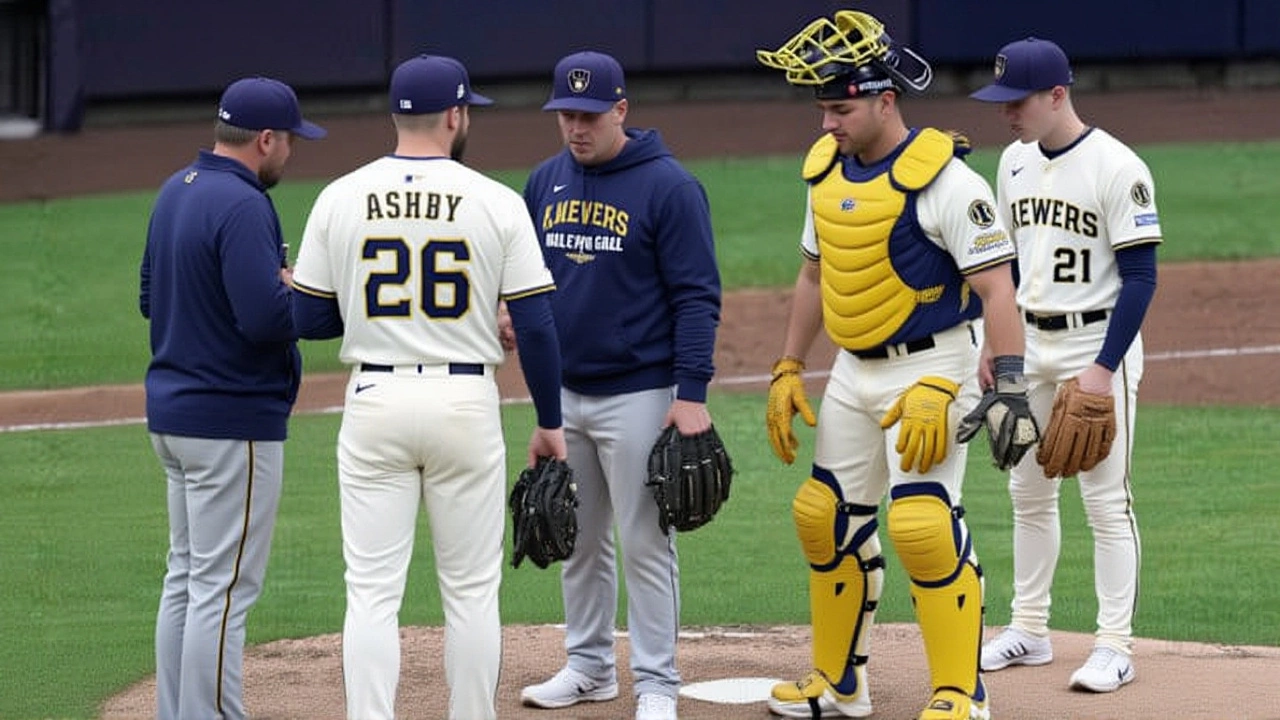
What the Brewers Need to Adjust
Snell’s success hinged on eliminating the Brewers’ most comfortable pitch – the high‑velocity fastball – when they were two‑strikes down. The lesson for Milwaukee is clear: they must diversify swing paths and perhaps lean more on contact hitting rather than waiting for a fastball.
Coach Dawson hinted at a possible tweak, "We’ll look at shortening our swing, using more two‑bunt adjustments, and trusting the eyes more than the count." Meanwhile, Turang’s bat speed could still be a weapon, but he’ll need to find ways to drive the ball with less reliance on fastballs.
Historical Context and Future Outlook
The Brewers’ last NLCS appearance came in 2018, also against the Dodgers, and they fell in seven games. Their only World Series trip dates back to 1982, and the franchise has never lifted the trophy. The 2025 run, powered by an unconventional two‑strike strategy, showed they can rewrite offensive norms – yet facing a rotation that includes Snell, Yoshinobu Yamamoto, Shohei Ohtani, and Tyler Glasnow will test the limits of that philosophy.
If the Brewers can adapt quickly, they might still pull off the upset. If not, the Dodgers’s depth could send them to the World Series, leaving Milwaukee to wonder whether the two‑strike gamble was a fleeting spark or a blueprint for the future.
Frequently Asked Questions
How does the two‑strike approach affect the Brewers’ chances against elite pitching?
Elite pitchers like Blake Snell can neutralize the Brewers’ two‑strike aggression by cutting fastballs and relying on off‑speed offerings. The approach still creates extra outs, but against a rotation that can execute precise pitch sequencing, Milwaukee must blend contact hitting with their power mindset to stay competitive.
What impact could this NLCS have on ticket sales for the Brewers?
The high‑octane offense has already drawn record crowds in August, with an average attendance of 31,272. A deep NLCS run could push season‑ticket renewals up by roughly 12% and spark a surge in merchandise sales, especially for Brice Turang’s limited‑edition bats.
Will the Brewers consider changing their hitting philosophy after the series?
Coach Dawson admitted the team will review swing data from the NLCS. While the core idea of attacking two‑strike counts likely stays, they may incorporate more situational hitting drills and reduce reliance on fastballs in late‑count scenarios.
How do the Brewers’ two‑strike stats compare historically?
No MLB team since the early 2000s has ranked as high as third in wOBA for two‑strike counts while also posting a sub‑22% strikeout rate. The Brewers’ blend of speed and contact makes the 2025 season a statistical outlier in modern baseball.
What does this series mean for the Dodgers’ championship odds?
After a dominant Game 1, sportsbooks have shortened the Dodgers to a 1.7‑to‑1 favorite for the series. Their depth, highlighted by Snell’s performance, gives them a clear edge, but the Brewers’ offensive firepower still makes the series one of the most unpredictable matchups this season.
